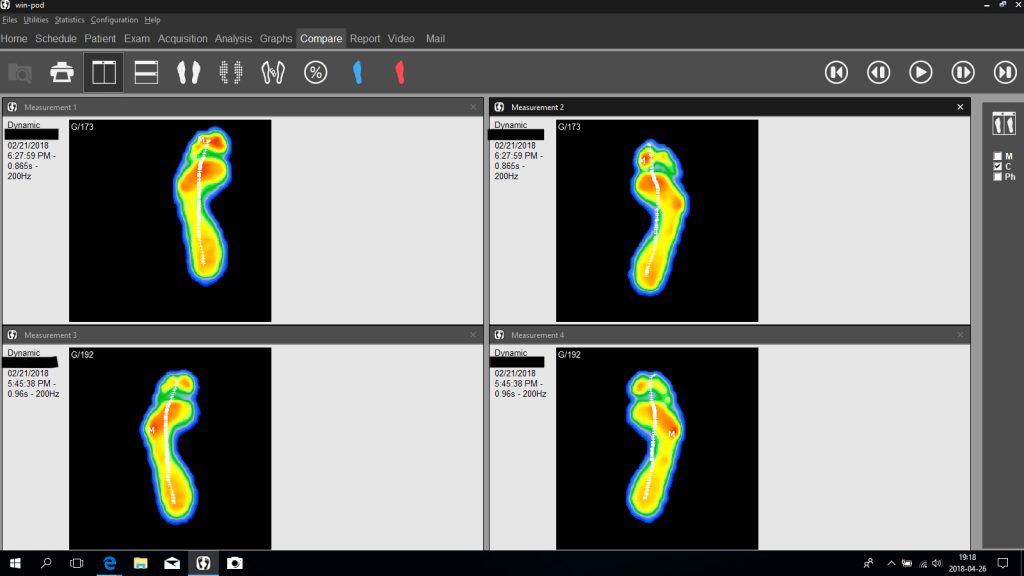Patient case
A Woman with pains laterally on the right foot (Morton’s neuroma) pain when pressed between Met 3-4 and 4-5. When tested, it turns out that the patient has Functional Hallux Limitus, with weakness of the Tibialis posterior and anterior. The patient is analyzed with Win-Pod from Medicapteurs. An elevated pressure during walking on the lateral side of the foot and increased pressure of the Hallux distal phalanx are seen. Gaitline deviates from the midline laterally at the forefoot.
After treatment with the Pronatos method (6 minutes), it is seen how Gaitline is corrected with less pressure laterally and less pressure under the distal phalanx on Hallux. Functional Hallux Limitus is restored, and Hallux dorsal extension works.
The following week at the return visit, the patients were painless when pressed between Met 3-4 and 4-5, the deviation under the foot was corrected, and the patient had normal strength on the Tibialis anterior with a slight weakness in the Tibialis posterior, which is restored after another Pronatos treatment..
Viking disease after Pronatos treatment.
Here is a patient story about Viking disease, or Dupuytren’s contracture.
This patient came in 6 weeks earlier and was now on a return visit for treatment of her Viking disease. The right foot was most troublesome at the first visit, so walking was avoided. Also, the left foot had an irritation that the patient felt.
When the patient returned, the right foot was completely pain-free and without any fibroma/thickening under the foot. However, there was still a slight irritation and thickening on the left foot. We then took pictures of the left foot before and after the patient’s second treatment, immediately after you see that the height of the fibroma has dropped, and the patient feels that the last discomfort has disappeared.
With telephone contact five days after the second treatment, the patient explained that she was completely pain-free in both feet.
This picture shows the changes caused by the big toe’s inability to bend under load..
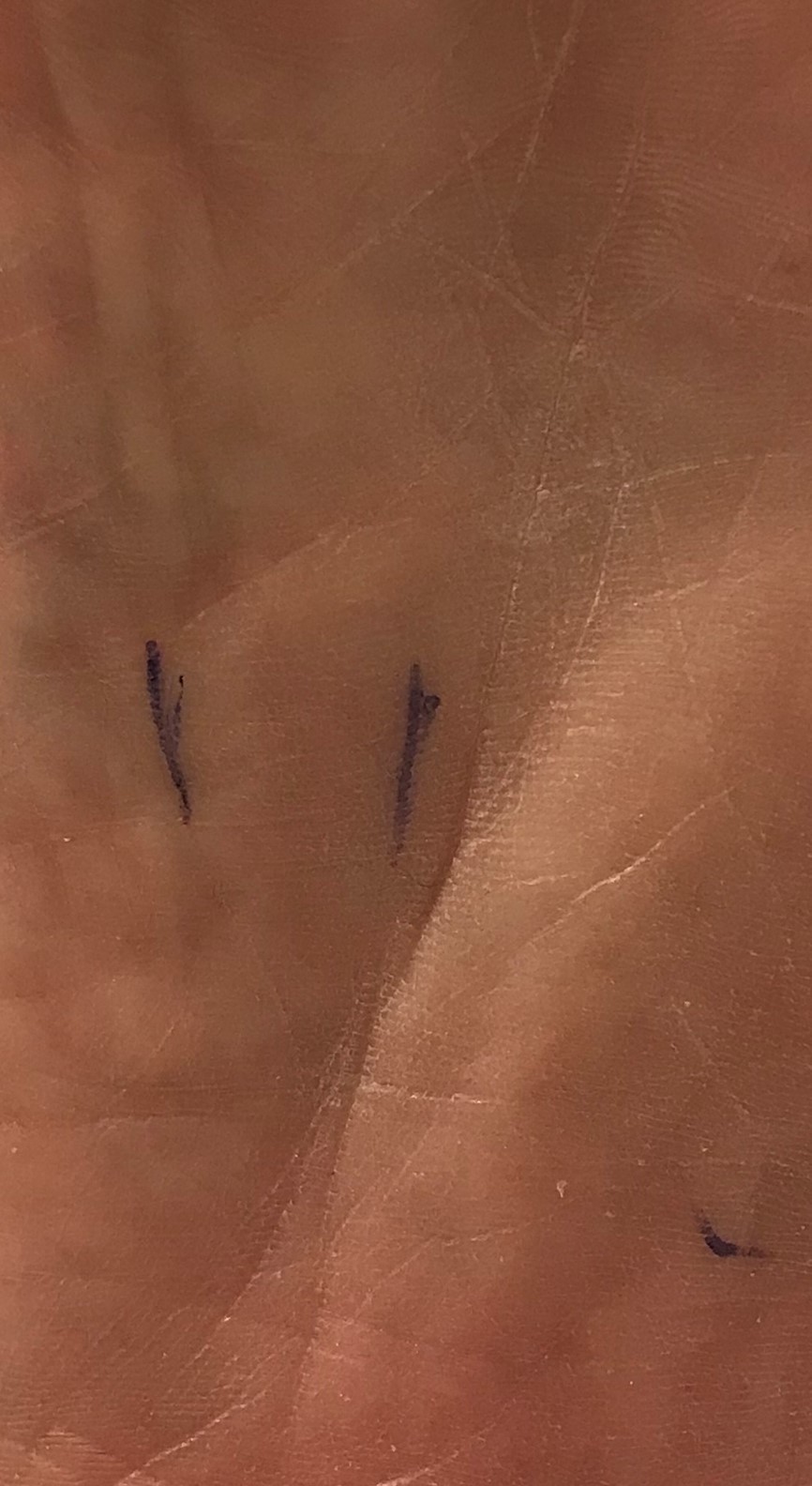
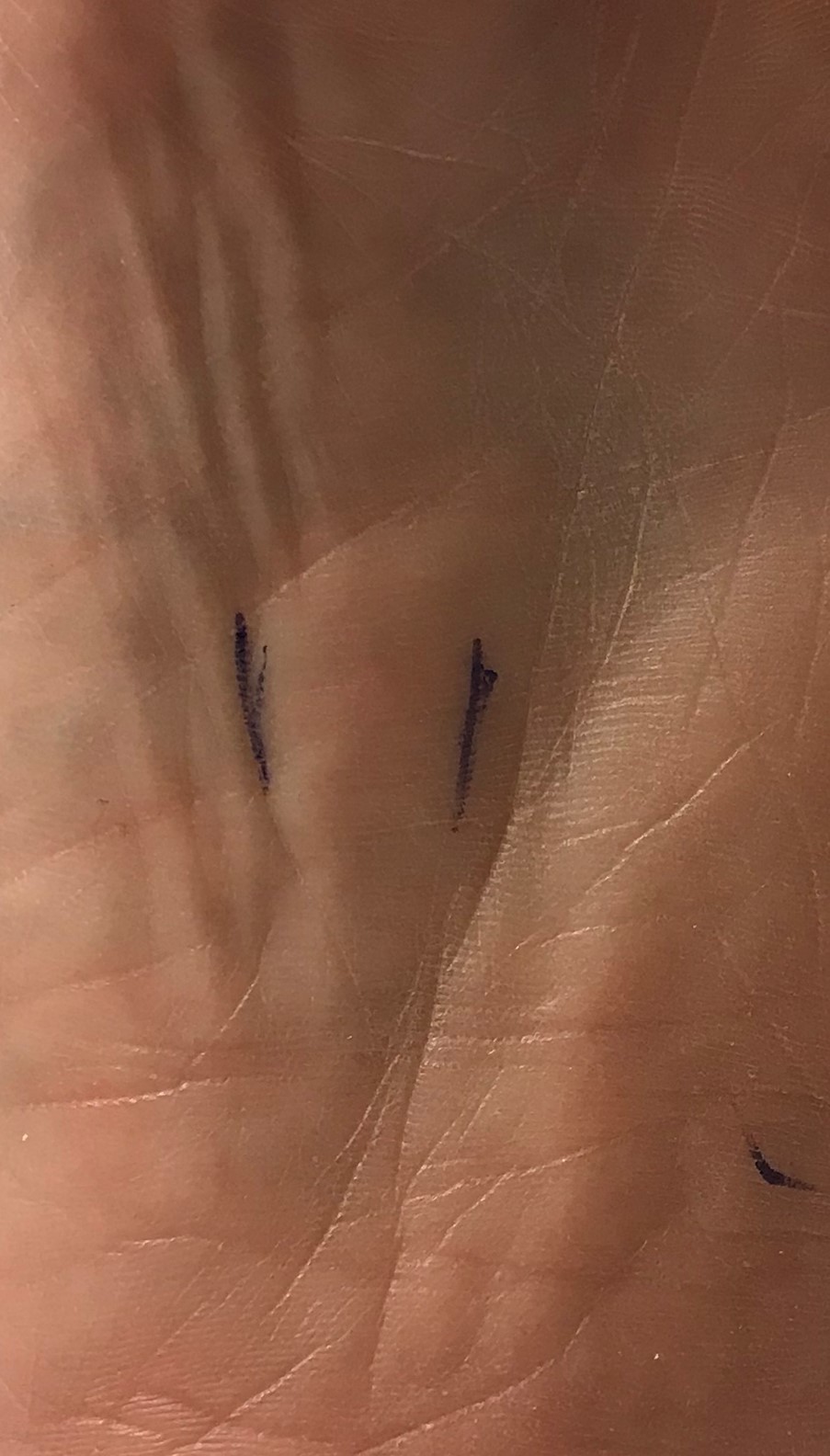
Elite-level athletes before and after treatment
Next is a Win-Pod analysis of the foot’s function before and after treatment—an elite-level athlete who feels weakness in his feet. In strength tests, Tibialis Posterior is weak on both sides. Functional Hallux Limitus shows on tests.
After treatment, the strength and mobility of the toes restore. Before treatment (lower analysis), the patient walks on the outside of the foot so as not to get over the big toe, with increased pressure (red) (M) under the little toe. After treatment, the patient can walk over the big toe (red) and gain power with the chain of motion upwards, where the arch of the foot is lifted with an outward rotation of the lower leg, which propagates upwards to the hip with a stretched knee, and which initiates the contraction of the seat.
It is crucial for someone who will perform in any way. The force must be able to propagate from the substrate. If the arch of the foot does not come up, the foot collapses; thus, the power does not develop where we want it.

The Health Technology Center in Halland, at Halmstad University, has studied StretchPower’s effect on calf muscle stretch.

Bigtoe that can't bend when loaded.
“The beginning of a lump” is the base of the big toe that gets heavily loaded because it is straight when you walk over it. The load overloads and destroys the joint, eventually completely locked by arthritis. This condition is called Hallux Rigidus. If you walk and ward off your gait instead, which is seen as a “Callus due to wrong function,” then you twist in the heel so that the toe comes out of the way, like walking with flippers. This compensatory gait can then push the toe outwards, and then it becomes a Hallux Valgus. The “hammer toe” comes from not getting pressure under the big toe, and the second toe is overloaded and later becomes crooked. “Toes that bend inwards” come from not having the pressure under the big toe when you walk, but you load the weaker tiny toes that can not cope with the load, and the muscle that is supposed to stretch these are weakened. The incorrect gait from being unable to walk over the big toe weakens the muscles and leads to a deformed foot.
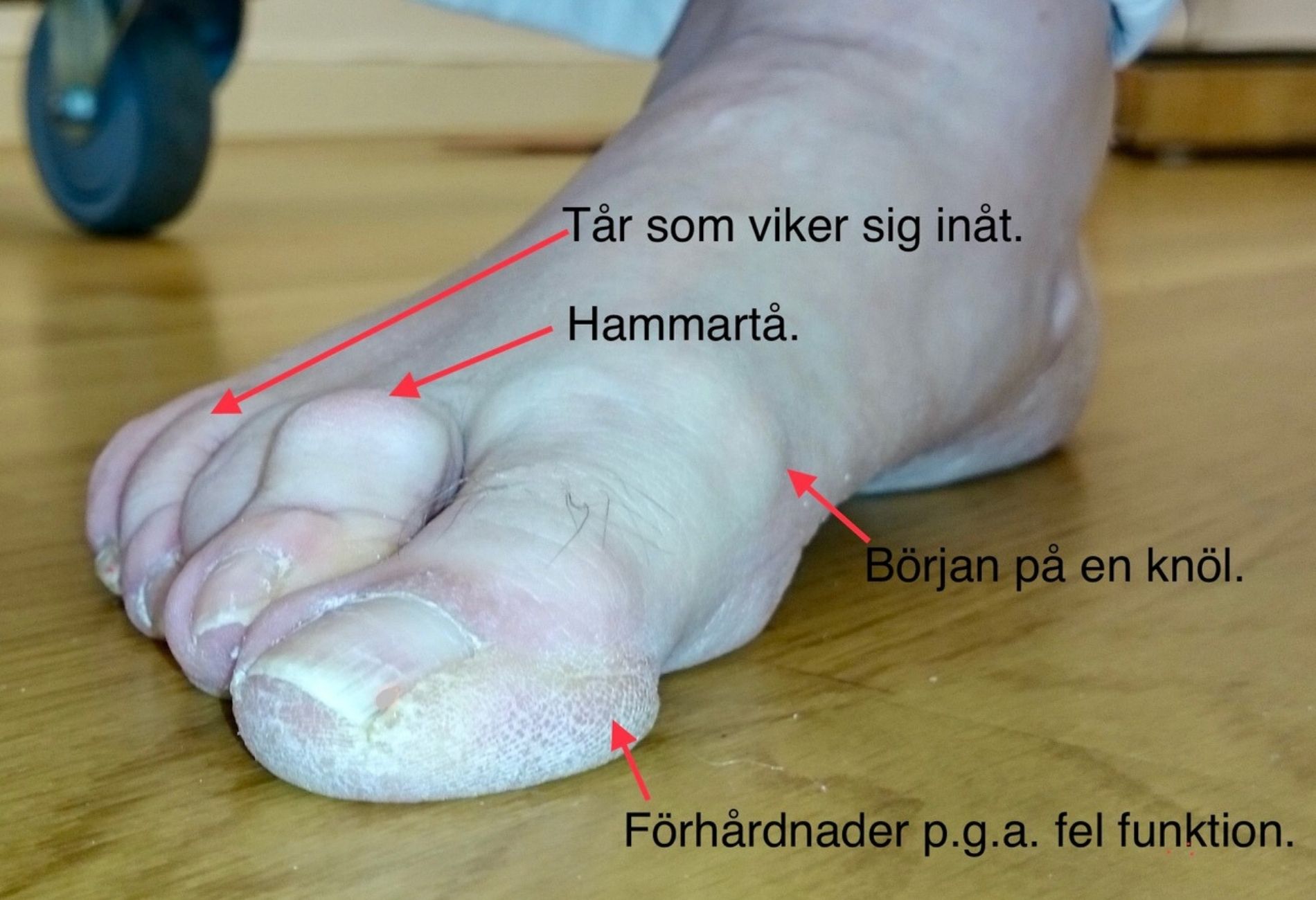
PETER JIHDE TREATED WITH PRONATOS
The reason for the examination was to see that no disturbance in the foot could affect the increased formation of calluses in the sole.
Peter, as a person with diabetes, has a greater risk of foot ulcers that arise from the formation of calluses that crack.
The examination revealed that Peter had Hallux limitus on his right foot and Hallux Rigidus on his left foot. This is a movement restriction in the big toe joint that does not allow the toe to bend when walking, there is a higher pressure under the big toe, and you change the gait because you can not step over the big toe. Walking with compensations creates calluses on the sole, and the mechanics of the knee and hip also change.
After 6 minutes of treatment, Peter regained his mobility to an average level in both toes.
Diabetes can cause damage to the feet through changes in blood vessels and nerves. Nerve damage is the most common complication of the feet. Nerve damage makes it difficult for the person to perceive feeling and pain in the feet. In the long run, there may be problems with feeling minor injuries and foot abrasions.
Changes in the small and large blood vessels, atherosclerosis increases the risk of vascular damage with decreased circulation in the legs and feet. It is essential to pay attention to redness, swelling, dry skin and calluses to avoid complications.
Now, research says diabetic patients with FHL have an increased risk of foot ulcers leading to amputation. When the big toe has to be amputated, the risk of further amputation and premature death increases by 12%.
Predictors of Diabetic Foot Reulceration beneath the Hallux
https://www.hindawi.com/journals/jdr/2019/9038171/
“Conclusions. Obesity and the presence of functional hallux limitus increase the probability of developing hallux re-ulceration in patients with diabetic neuropathy and a history of ulcers.”
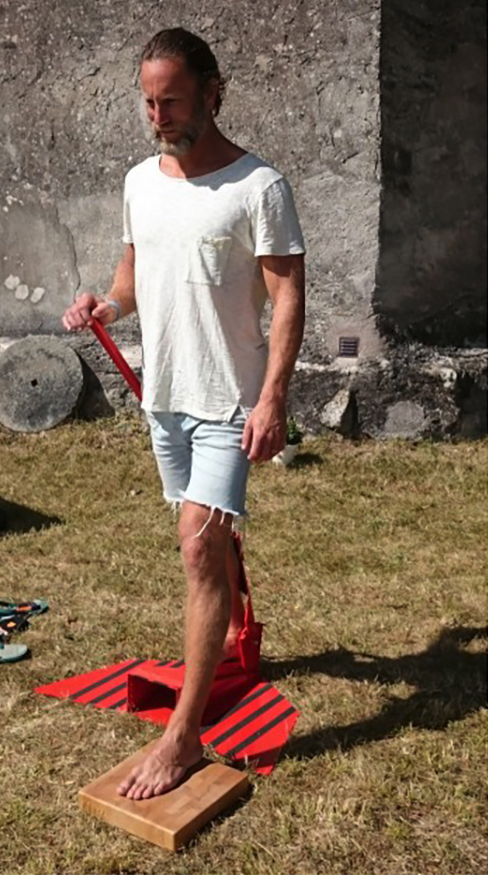
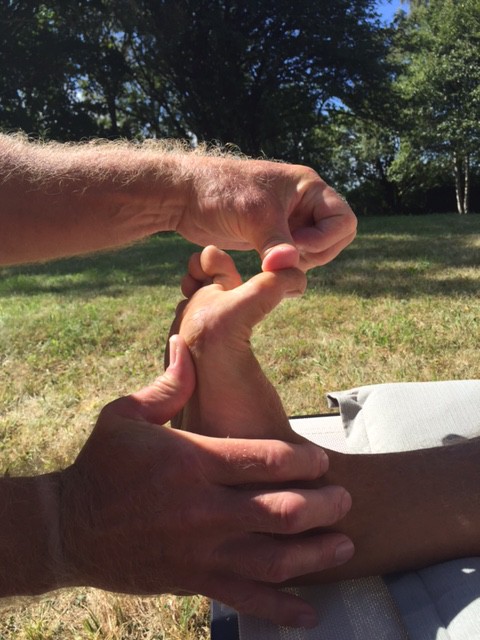
RIGHT FOOT AFTER TREATMENT
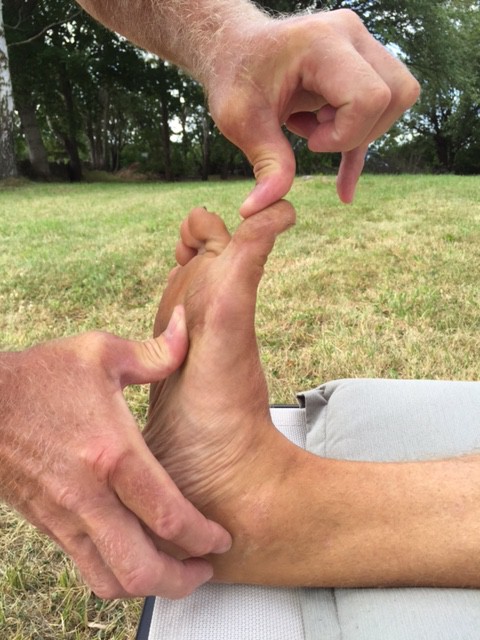
RIGHT FOOT BEFORE TREATMENT
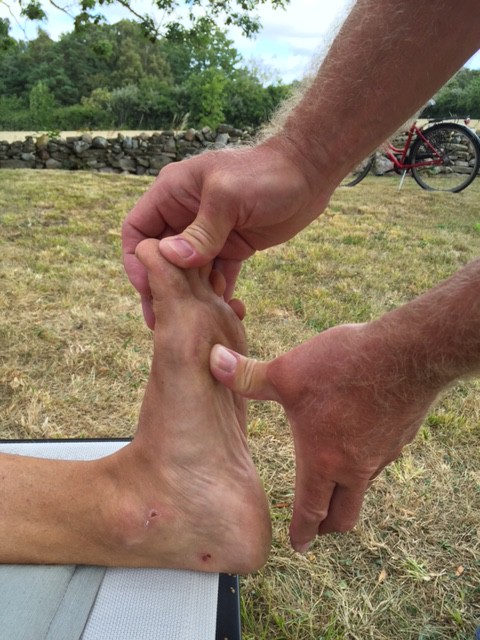
LEFT FOOT BEFORE TREATMENT
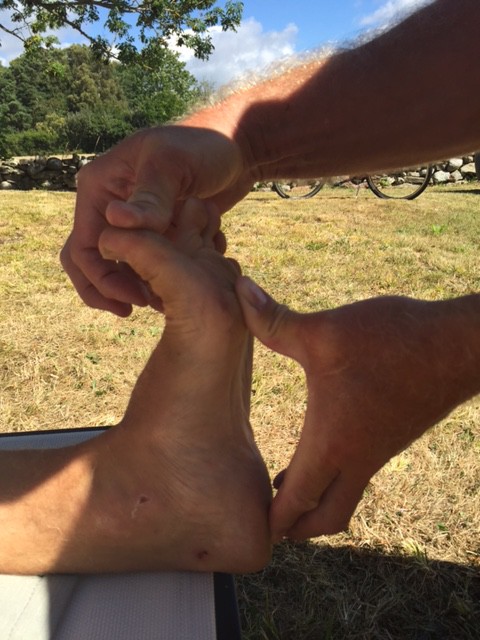
LEFT FOOT
AFTER TREATMENT
SAID ABOUT US


